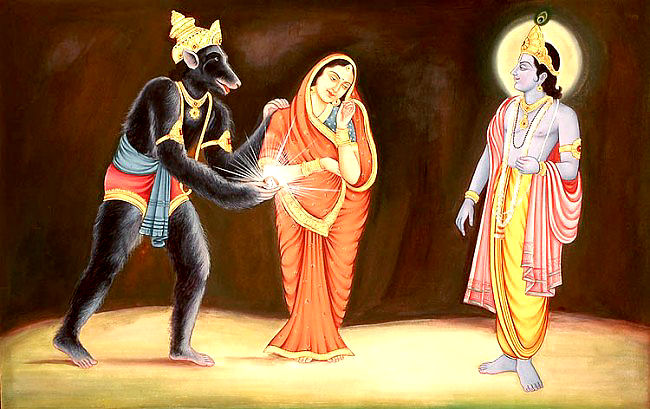How Love Works
I long to have a diamond
As brilliant as "Mountain of Light"
And can't have it somehow
I may fall in love with it
With a diamond I don't have
With a diamond that never exists
And for that never-existed gem
I'll dig all the mountains,
While drilling and breaking
So many brilliant gems
Which won't be my "Mountain of Light"
As brilliant as "Mountain of Light"
And can't have it somehow
I may fall in love with it
With a diamond I don't have
With a diamond that never exists
And for that never-existed gem
I'll dig all the mountains,
While drilling and breaking
So many brilliant gems
Which won't be my "Mountain of Light"

Timur’s grandson Babur, the founder of the Mughal Empire, acquired a famous diamond in 1526 after his conquest of Delhi and Agra. In 1648 the 5th Mughal emperor Shah Jahan had the stone placed into the Mayūr Singhāsana, the jeweled “Peacock Throne” in his Diwan-i-Khas (Hall of Private Audiences) in the Red Fort palace of his fortified capital Shahjahanabad in Delhi. His son Muhi-ud-Din Muhammad (Aurangzeb, "Ornament of the Throne") had it cut by Venetian lapidary Hortenso Borgia, who was fined 10,00 rupees for reducing its original size to 186 carats (37.2 g). In 1739 Nader Shah of Persia looted Delhi; when he was shown the diamond he exclaimed, “Koh-i-Noor!,” Urdu for “mountain of light.” One of his consorts said, "If a strong man were to throw four stones – one north, one south, one east, one west, and a fifth stone up into the air – and if the space between them were to be filled with gold, all would not equal the value of the Koh-i-Noor." His grandson gave it Ahmad Shah Durrani, founder of the Afghan Empire, in 1751. His descendant Shuja Shah Durrani allied with the United kingdom in 1809 against Russia, but he was forced to flee to Lahore. Ranjit Singh, founder of the Sikh Empire, received it from him in 1813 in exchange for his protection. He, in turn, left it to the Jagannath temple in Puri, administered by the British East India Company, but his will was not executed. Nevertheless, a decade later, the EIC annexed the Punjab after winning the 2nd Anglo-Sikh War, and the diamond was ceded to queen Victoria; it was formally presented to her in 1850, on the 250th anniversary of the EIC’s founding. Levie Benjamin Voorzanger, using a steam-powered mill built specially for the job, spent 38 days recutting it, reducing its weight to 105.6 carats (21.12 g) to improve its brilliance. In 1868 it inspired Wilkie Collins to write “The Moonstone,” the first full length detective novel in the English language. Since 1947 a newly-independent India has demanded its return; in 1976 Pakistan insisted that it was the rightful owner, and in 2000 Afghanistan made the same claim. According to legend, the stone bears a curse: “He who owns this diamond will own the world, but will also know all its misfortunes. Only God, or a woman, can wear it with impunity.“ Before its appearance in history, with Babur, it was associated in the “Mahabharata” with Syamantaka, the source of the magnificent appearance of Surya, the Sun God, who wore it around his neck before giving it to king Satrajit of Dvaravati to reward his faith. The king’s brother Prasen wore it during a hunt and was killed by a lion, but the lion was slain by Vishnu’s immortal son Jambavan,who had the ability to transform himself into a sloth bear. However, Vishnu’s avatar Krishna was suspected of responsibility for the disappearances of Prasen and the jewel. Krishna tracked Jambavan’s paw prints to his cave; after a 28-day battle, Jambavan realized who his opponent was, submitted, and gave his daughter and the diamond to him. Krishna restored the jewel to Satrajit, who gave him his daughter Satyabhama in exchange; but her fiancé Satadhanwa assassinated Satrajit and stole the gem. In retribution Krishna killed Satadhanwa and gave the jewel to Akrura, a general in Satrait’s army, on the condition that it remain in Dvaravati. Elsewhere in the “Mahabharata” Krishna returned it to Surya, who gave it to his mortal son king Karna of Anga, who single-handedly conquered all kings in every direction of the world on behalf of his friend Duryodhana. Arjuna, the son of the god Indra, defeated Karna and presented the diamond to the Pandava leader Raja Yudhisthira.
ReplyDelete